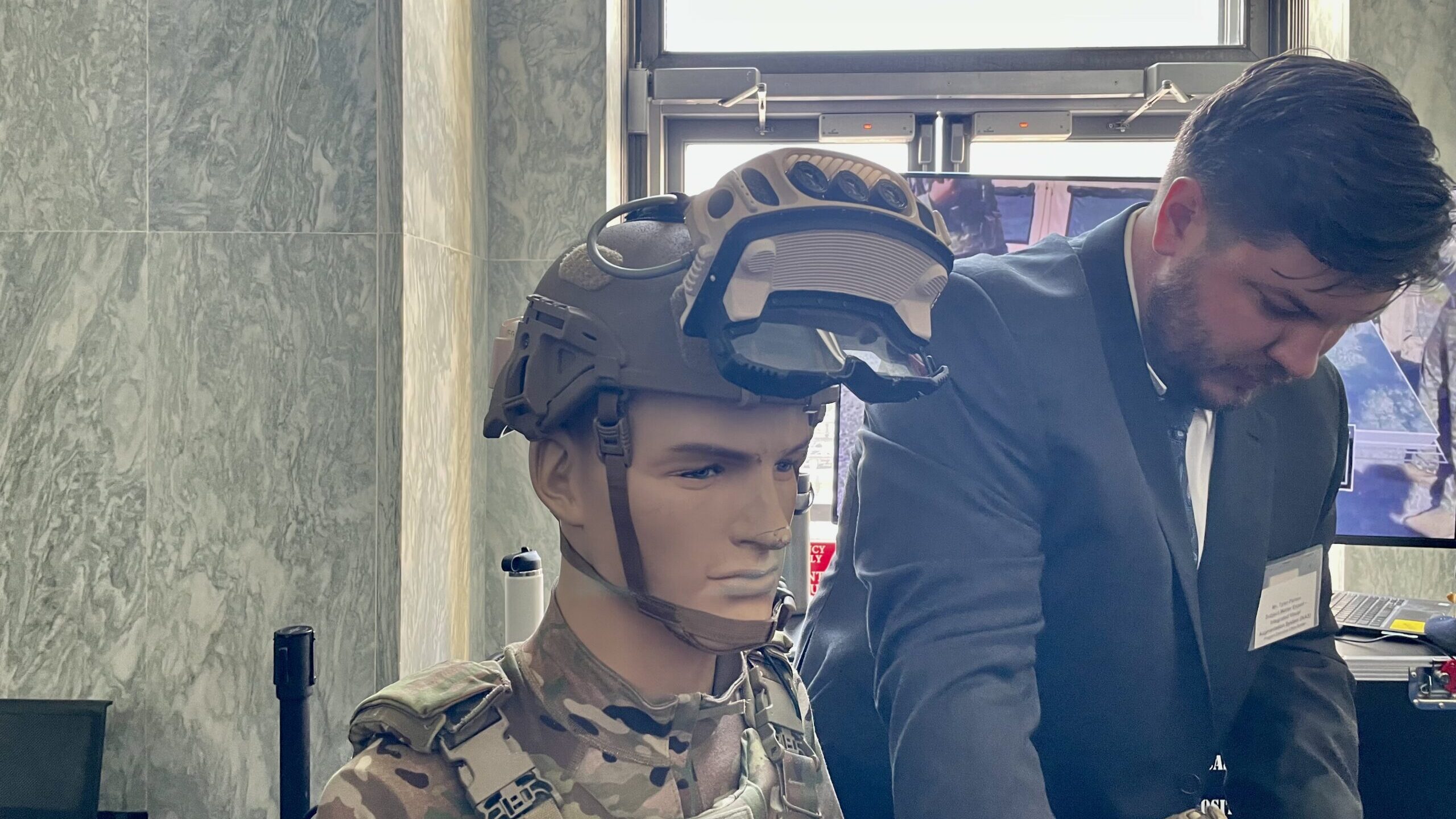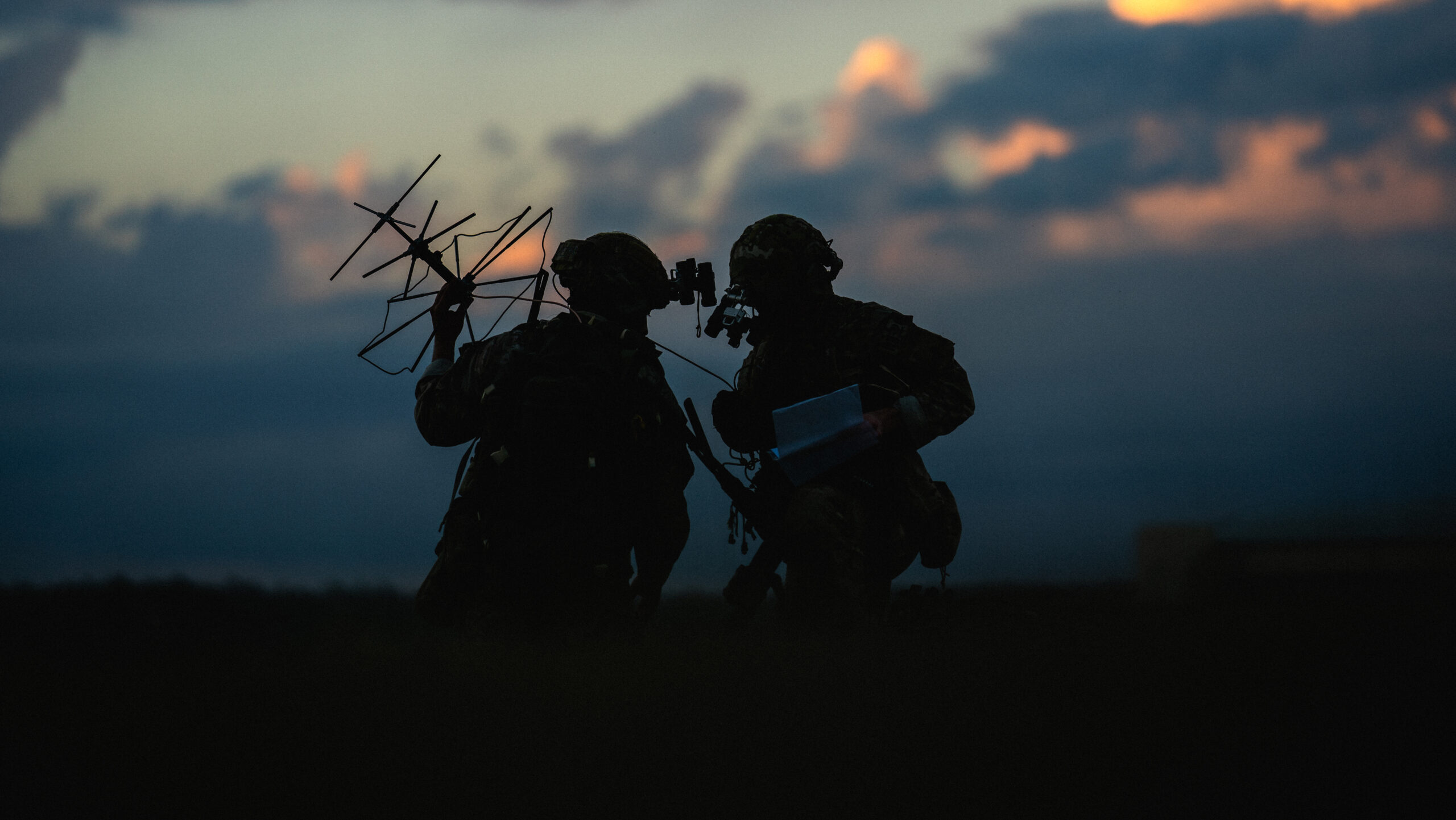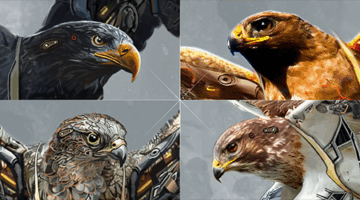
WASHINGTON — US Army leaders are taking inventory of all of their night vision devices to help decide just which units need what and help define IVAS Next requirements for an upcoming competition, according to a service official.
Army Rangers from the 75th Ranger Regiment have been tasked with running Microsoft’s most advanced mixed-reality system, IVAS version 1.2, through the ringer alongside dedicated night vision systems like the Enhanced Night Vision Goggle-Binocular (ENGV-B) and another system dubbed PVS-14, the official told Breaking Defense.
“They’re going to provide the best feedback in terms of, here’s what the ENGV-B can provide versus a PVS-14 versus the capability inside of IVAS,” the official said. The goal is for those Rangers to provide a “more mature look” at how they use night vision while also answering questions about the ideal IVAS form factor, battery needs and more.
The Army is already looking ahead to a new mixed-reality option to come out of an anticipated IVAS Next competition, suggesting Microsoft could be unseated as the tech’s primary contractor. But the official said Army leaders, including Chief of Staff Gen. Randy George, decided they needed more information to pave the path ahead, leading to the Ranger tests.
While IVAS 1.2 testing is expected to continue — possibly through to an operational demonstration early next year — the official said that Ranger feedback should come within a few months and a decision about the path ahead of all night vision could be coming this fall. (Breaking Defense previously reported that an IVAS Next solicitation or call for white papers is likely to come later this year.)
The Army and Microsoft officials had been hoping the latest redesign would solve technology challenges that plagued earlier versions of the headset, but reports started trickling up the chain that other recent testing “wasn’t going the way we wanted it to,” the official said.
For one, radio integration work is still coming up short and could be an area ripe for additional work, the official said. Beyond that and noting the form factor still isn’t ideal, the official didn’t go into details of his criticism, but did note that some previous problem areas had seen improvements. For example, the move from the 1.0 helmet design to the 1.2 flip up “tremendously” improved the user experience.
“[IVAS 1.2] is not like that weird monstrosity that’s strapped on that you have to take your helmet off for,” the official said, noting that there are now less complaints about physical discomfort, cyber sickness, peripheral vision restrictions and latency.
“All of those are … trending in the right direction,” the official added.
Ongoing evaluation hopes to answer “what [IVAS] parts need to go forward and what parts need to go back to S&T [science and technology] with fundamental changes” to address what soldiers’ needs, the official said.

IVAS testing with Rangers and a separate testing effort with soldiers from 1st brigade, 10th Mountain Division is also expected to help answer questions about which units need the mixed-reality device and which are better suited for a different type of night vision device.
“Who are the right units to have [IVAS] because it’s not going to be every single unit. Maybe at some point in the future it will be, but right now it’s not every single unit,” the Army official said. But, he added, that’s not to say IVAS will be relegated to the special forces.
“Everyone has conceptually agreed that this is the kind of thing that regular forces will need to dominate at night,” he said. “However, even with night vision, it’s not for every single soldier, there’s a rationale for that…. [those are] the decisions that the Chief [and Army Secretary are] playing with.”
A spokesperson for the Program Executive Office Solider, managing IVAS acquisition, declined to comment on the status of IVAS 1.2 and IVAS Next.
Industry is now awaiting additional details about the upcoming competition and so far Microsoft has said it “fully intends” to compete. Massachusetts-based Kopin also said it is ready. Defense tech darlings Anduril and Palantir, as well as L3 Harris, the US arm of Israeli heavyweight Elbit, and the US arm of Britain’s BAE Systems, have also been listed on Army industry day rosters, an indication of some kind of interest.
But as one industry source said, which firms ultimately throws their hat in the ring could come down to final IVAS Next requirements. This time around, the industry source added, he is hoping the Army uses the soldier feedback to pare down its wish list for the system.
As one example, the industry source said it will be interesting to see if the service decides night vision is a critical capability that must be integrated this time or if vendors can propose various solutions, like attaching a second device to do only that onto IVAS to reduce weight and fix integration challenges.
“We need a top set of critical must-haves and time to innovate on that,” the source added. “Without that, the Army is just back in the same mess.”

